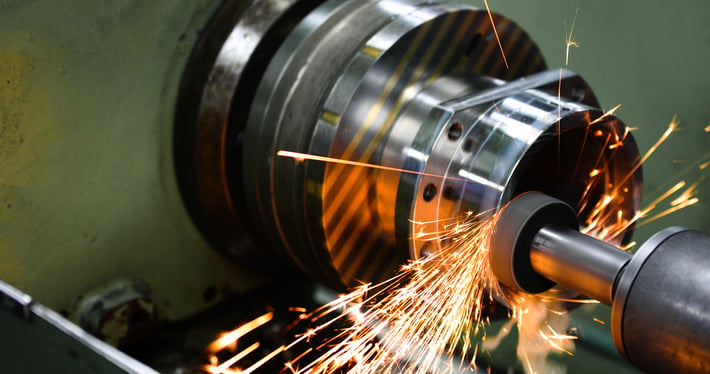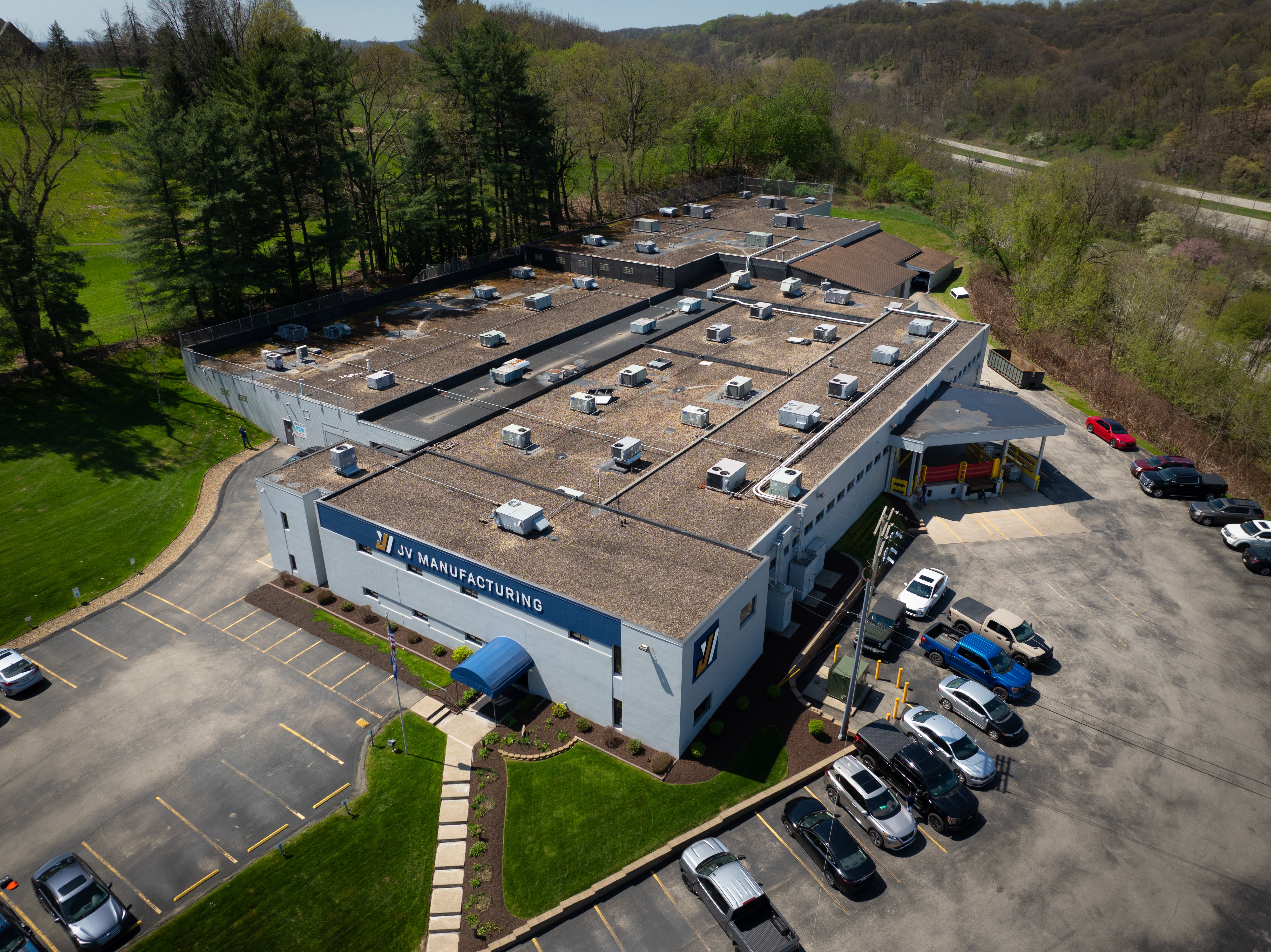Precision Grinding 101: What You Need to Know

Precision grinding is a critical process in the manufacturing sector, offering unparalleled accuracy and finish for a wide range of components.
This guide aims to shed light on the essentials of precision grinding, including the equipment used, the benefits it brings to precision manufacturing, and the key considerations when selecting a precision grinding company.
Understanding Precision Grinding
Precision grinding is a machining process that uses abrasive cutting techniques to achieve extremely accurate dimensions and fine surface finishes. This process can be applied to a variety of materials, including metals, plastics, and ceramics, making it a versatile tool in precision manufacturing. The heart of this process is the precision grinder, a machine designed to hold tight tolerances and produce consistent results.
The Role of Precision Grinding Machines
A precision grinding machine is engineered to perform high-precision tasks such as surface grinding, cylindrical grinding, internal grinding, and even complex shapes. These machines come equipped with advanced features, such as CNC (Computer Numerical Control) capabilities, which allow for precise control over the grinding process.
The choice of machine will depend on the specific requirements of the task, including the material being worked on, the desired finish, and the dimensions required.
Key Benefits of Precision Grinding
The four key benefits of precision grinding are accuracy, surface finish, versatility, and efficiency:
Accuracy
Precision grinding achieves tolerances that are unattainable with other machining processes, ensuring components fit perfectly in their intended applications. This level of accuracy is crucial for high-precision industries such as aerospace and medical device manufacturing, where every micron counts.
Surface Finish
The process yields exceptionally smooth surface finishes, reducing the need for additional surface treatment processes. A superior surface finish enhances the performance of parts, including reduced friction in moving components and improved aesthetic appeal.
Versatility
Precision grinding can be applied to a wide range of materials, including hard metals, ceramics, and composites. This versatility makes it a go-to process for various industries looking to achieve precise dimensions and finishes on a diverse set of materials.
Efficiency
With the advent of CNC technology and advanced grinding machines, precision grinding has become more efficient than ever. High-speed grinding and the ability to perform multiple grinding operations in a single setup reduce production times and costs, making it a cost-effective solution for both small and large-scale manufacturing.
Types of Precision Grinding
The five main types of precision grinding include:
- Cylindrical Grinding
- Surface Grinding
- Jig Grinding
- Creep Feed Grinding
- Centerless Grinding
1. Cylindrical Grinding
Cylindrical grinding is used to shape the exterior of an object. It can work on a variety of shapes, albeit the object must have a central axis of rotation. This method is ideal for working on cylinders, rods, or other cylindrical parts, providing a smooth surface finish and precise dimensions.
2. Surface Grinding
Surface grinding produces a smooth finish on flat surfaces. It involves a spinning wheel covered in rough particles (grinding wheel) cutting chips of metallic or nonmetallic substance from a workpiece, making it flat or smooth. This technique is perfect for achieving high precision and surface finish on flat surfaces.
3. Jig Grinding
Jig grinding is a type of precision grinding process used for producing highly accurate holes and shapes on parts. It uses a jig grinder to grind complex shapes and holes to a high degree of accuracy. Jig grinding is often used when the parts require a unique shape, high precision, or when they need to be ground at a specific angle.
4. Creep Feed Grinding
Creep feed grinding, also known as creep fatigue grinding, is a process where a deep cut is taken at a slow pass rate rather than taking multiple shallow cuts at high speeds. This method allows for the efficient grinding of profiles in difficult-to-machine materials and is often used in the aerospace and power generation industries for its ability to maintain geometric accuracy and produce fine surface finishes.
5. Centerless Grinding
Centerless grinding is a machining process that removes material from the outside of a workpiece using abrasive cutting. Unlike cylindrical grinding, centerless grinding does not use fixturing to hold the workpiece in place. Instead, it is secured between two rotary grinding wheels, and the speed of their rotation relative to each other determines the rate at which material is removed. This method is highly efficient for mass production of small to medium-sized cylindrical parts and for achieving a high level of precision and smooth surface finish.
Precision Tooling and Its Importance
High-quality tooling is essential for achieving the desired outcomes in precision grinding. This includes selecting the right abrasive materials, grinding wheels, and fixtures. Precision tooling ensures that every aspect of the grinding process is optimized for accuracy and efficiency.
Choosing a Precision Grinding Company
Consider the following factors when selecting a precision grinding company:
-
Experience and Expertise
Look for a company with a proven track record and expertise in your specific industry or application.
-
Technology
Ensure they have the latest precision grinding machines and technology to meet your needs.
-
Quality Control
Check for quality certifications and the company’s commitment to quality through every step of the grinding process.
-
Customer Service
A company that offers excellent communication and service can significantly impact the success of your project.
Enhancing Your Projects with Precision Grinding
Precision grinding is more than just a machining process; it's a critical component of modern manufacturing that ensures parts meet stringent specifications with high accuracy and surface quality.
Whether working with a precision grinding company or investing in precision grinding machines for in-house operations, understanding the fundamentals of precision grinding is essential for achieving the best results. With the right approach and resources, precision grinding can significantly enhance the quality and efficiency of your manufacturing projects.
For more information, check out our other resources or reach out to an expert today!
You May Also Like
These Related Stories

The Story of JV Manufacturing: 50 Years of Excellence
.jpg)
Celebrating 50 Years of Innovation: JV Manufacturing’s Golden Anniversary

%201.png?width=146&height=103&name=Slice%203%20(72)%201.png)

